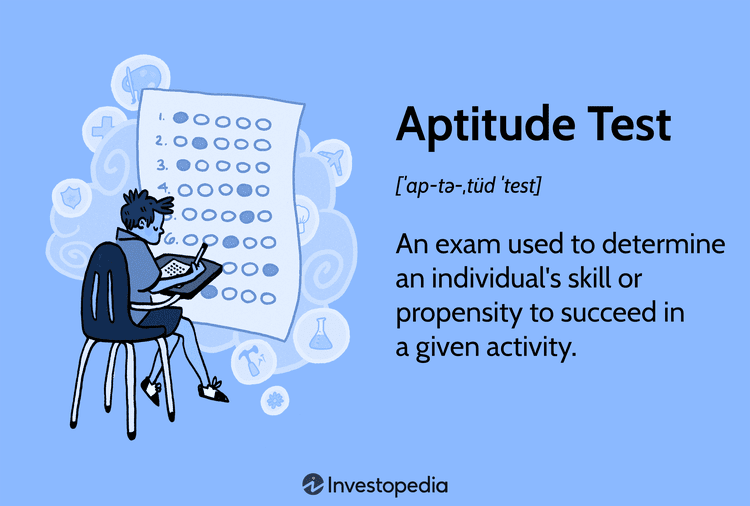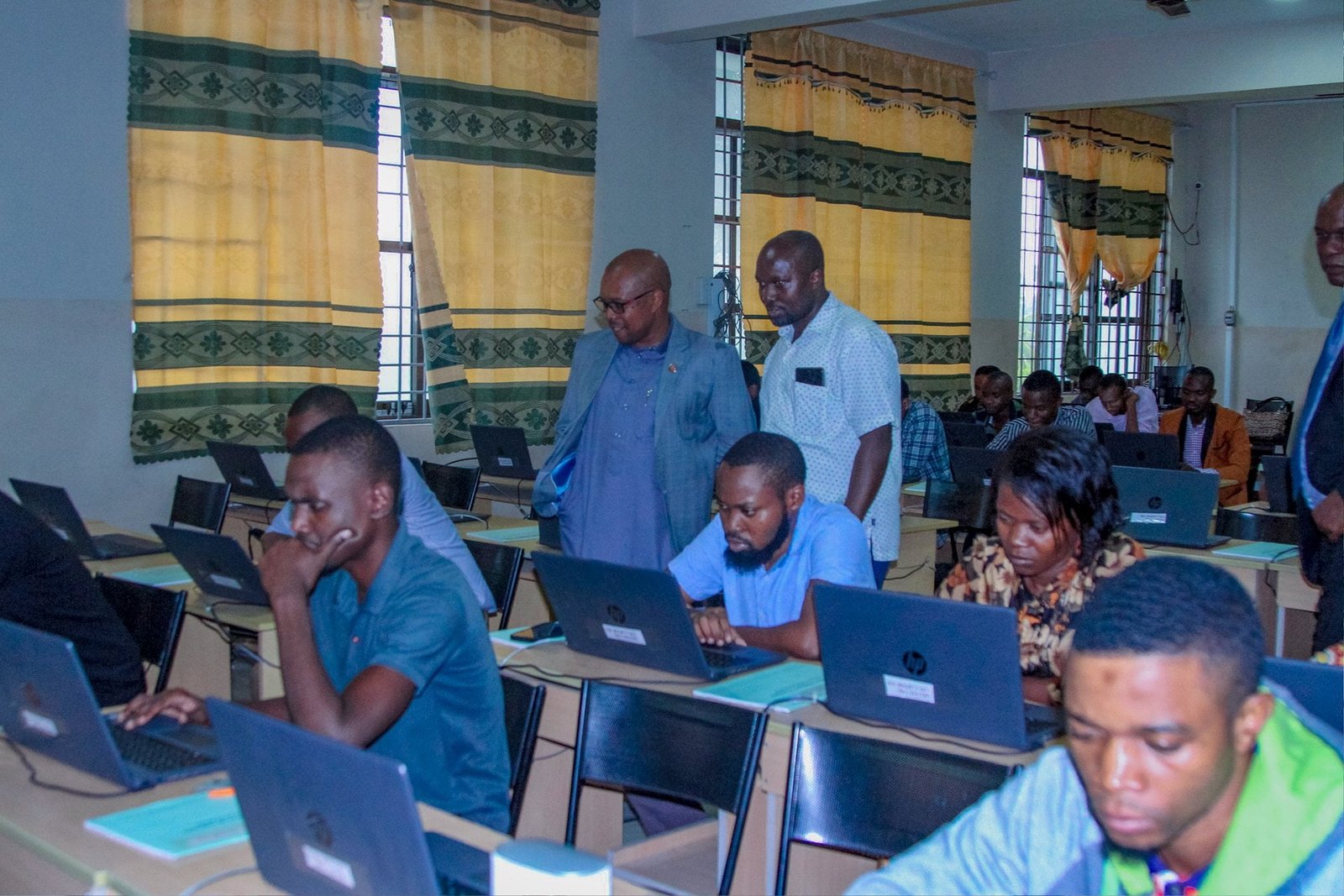Written Interview – Maswali ya usaili ajira za walimu 2024, what is aptitude test, An aptitude test is an exam used to determine an individual’s skill or propensity to succeed in a given activity. Aptitude tests assume that individuals have inherent strengths and weaknesses and a natural inclination toward success or failure in certain areas as a result. Aptitude tests are widely used in schools, by employers, and to help individuals make career decisions.
TEACHER’S APTITUDE TEST
The teaching aptitude tests look at your numerical and literacy competency, as well as more general skills such as your leadership, empathy and adaptability.

Preparing for the aptitude tests is really important if you want to give yourself the best possible chance of passing first time. For the numerical reasoning section, brush up on basic mathematical principles such as addition, subtraction and data interpretation.
The literacy section will look at your spelling and grammar skills, as well as your overall comprehension ability.
READ ALSO: Online Aptitude test (OATS) – Mfumo wa usail…
Why are aptitude tests used when hiring teachers?
Whether you end up teaching maths, geography or something else entirely, it’s important that you have a solid foundation of numeracy and literacy skills to help you be the best teacher possible for your students.
The academic aptitude of those you teach may vary considerably, so ensuring you have those core skills in place to educate and inspire all of your students is key.

As well as an aptitude for numbers, grammar, spelling and comprehension, you’ll also need to show you can work well under pressure, and possess certain strengths that are highly valued in the teaching industry, such as empathy, compassion and patience.



